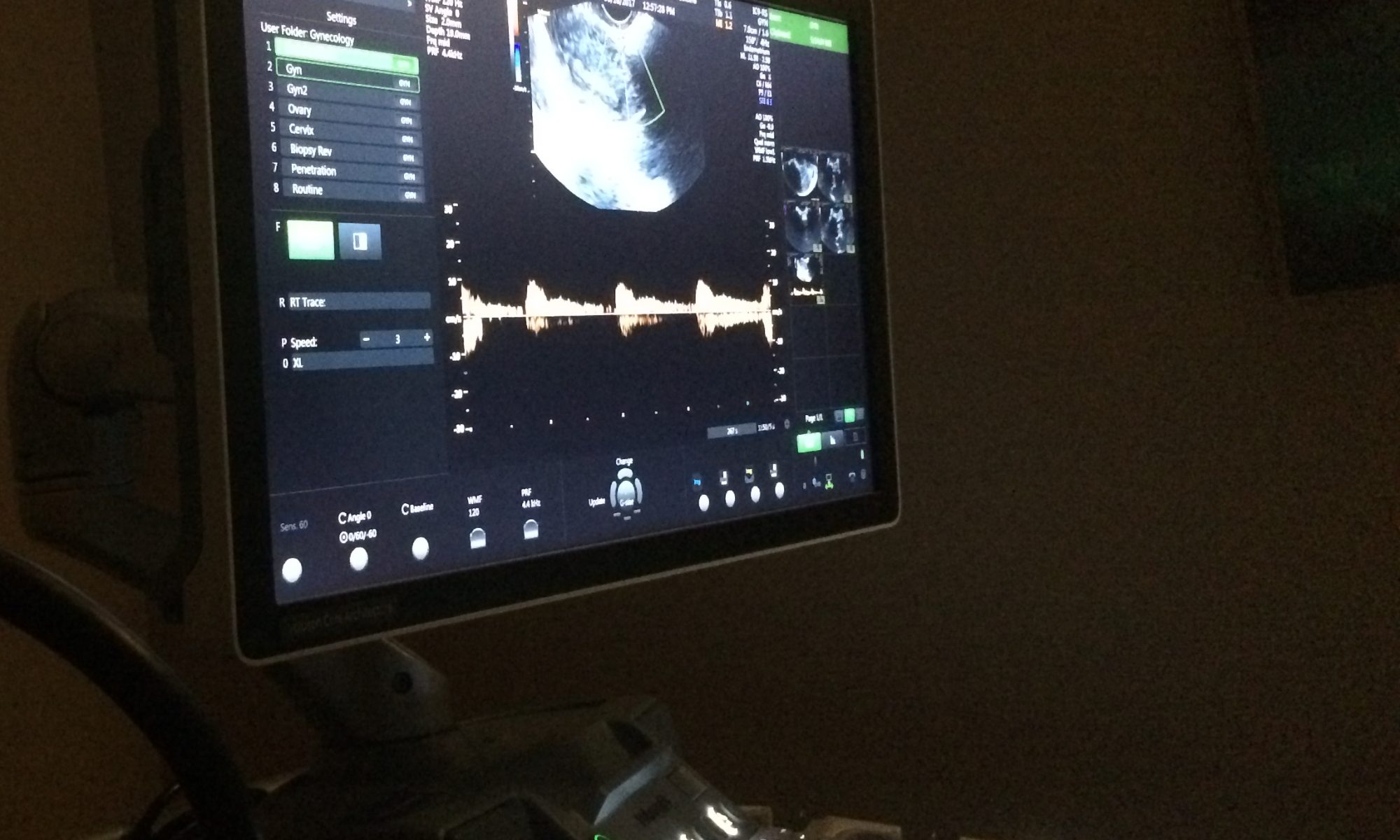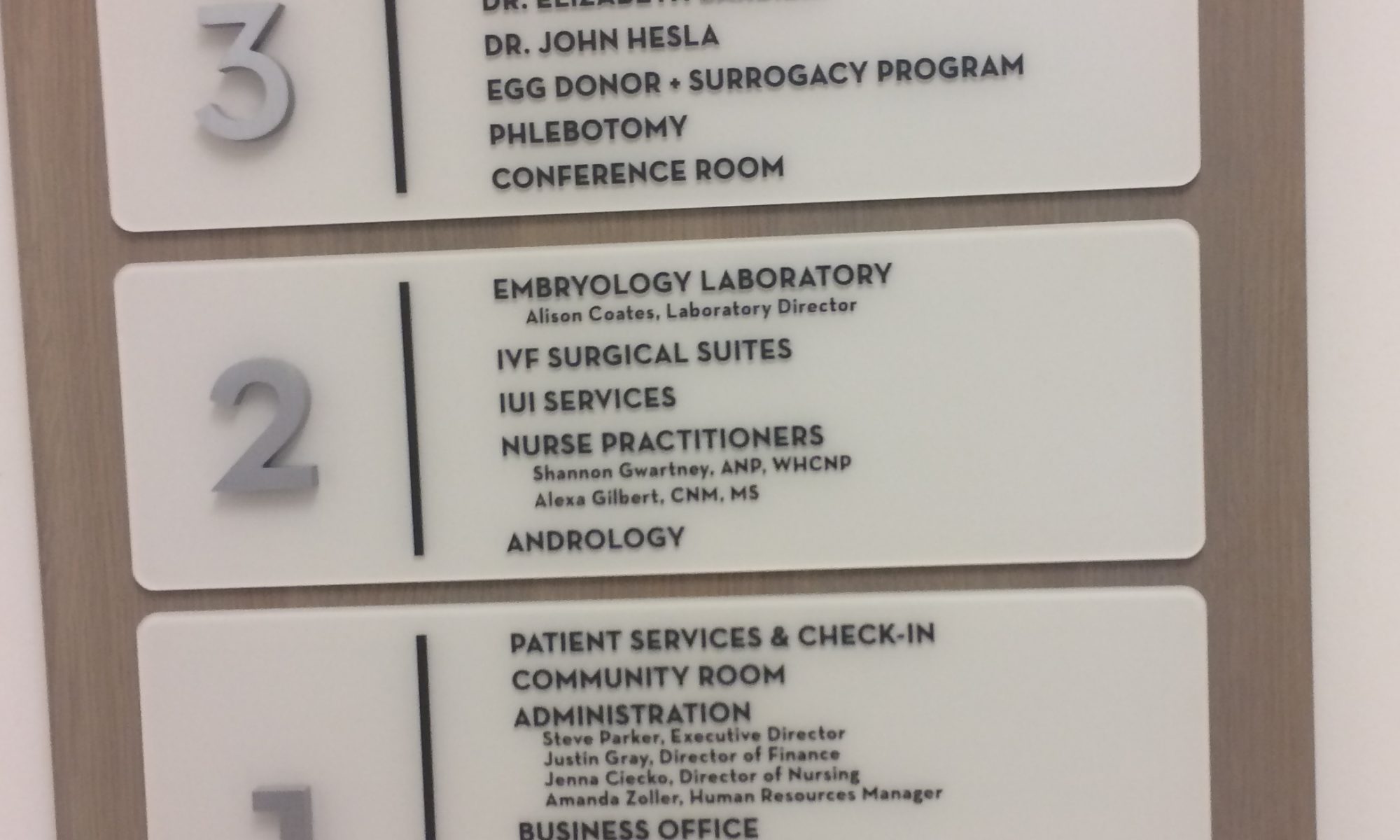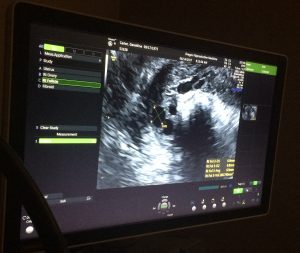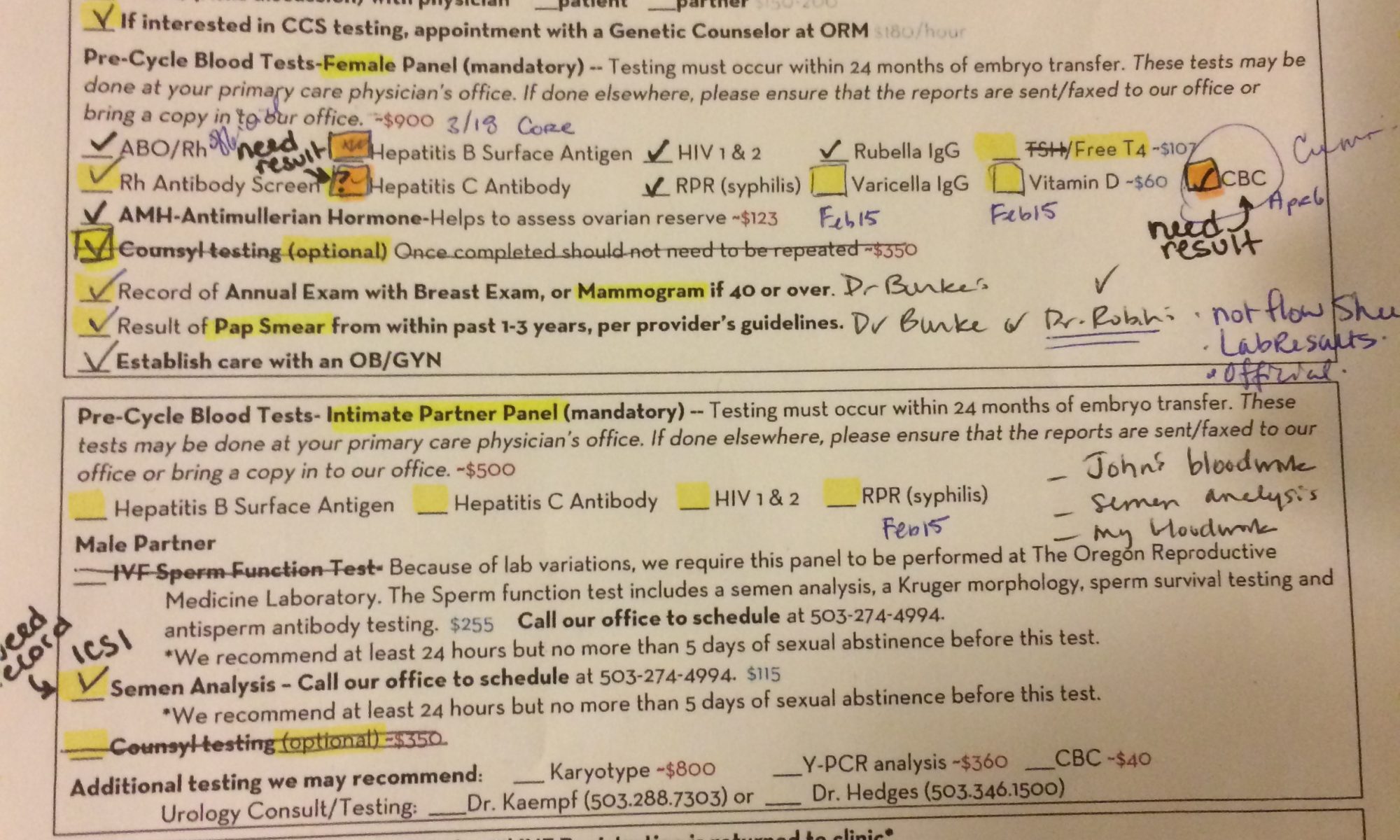I went in for an ultrasound and labs and was met with another IVF surprise: “that’ll be $800.” I was a bit taken aback, but at this point in IVF, “another” $800 ceases to mean much. I add zeros to everything now in a way I did not just a few short months ago. My brain sputters a bit, I wish it weren’t real, and then I think “it is what it is” and we will figure it out.
I go upstairs for a mock embryo transfer. The nurse shows me the catheter they will insert today, just to make sure that on the day of real transfer, it goes in easily, it’s the right size, and so on. The thing is like a foot long, and a quarter inch in diameter. I cringe. She doesn’t say anything about it being painful, and I wonder: Is she just waiting to tell me? Or won’t that really hurt? Because that sure looks like it’s gonna hurt.
The doctor enters, and he peels open the catheter packaging, and then (ah!) removes that foot-long casing, to reveal a slim tube. Phew. I’m relieved.
In it goes, only he can’t see it because even though I haven’t peed in hours, it’s not a “full enough” bladder. He says it’s good enough. He seems satisfied. I should have drank more water.
Next up is the Doppler ultrasound, to assess how much blood flows to the uterus. This one required the dreaded speculum… or did it? I lose track. I’m so used to being poked and prodded I hardly notice anymore.
Anyways, the Doppler is an ultrasound on my belly, and I can see the pulsing of blood around my uterus on the screen. He says my uterus has good blood pressure. That test takes all of 4 minutes. It’s $420. I am both resistant, and deeply grateful.
Now the exciting part: the follicle count. The right ovary always seems to be easily visible, so the follicles there get counted first. I try to match his count, as he moves around, measures, looks right, fakes left, then right again. He sees 9: a great number. If half those reach maturity, that will be a solid start. If all of them reach maturity, and same for the other side, we could have a really great outcome – maybe 2 or even 3 viable embryos. But it’s too early to prognosticate. It’s one of the hardest parts of IVF: getting used to waiting, and not knowing.
He moves on to the left ovary. Today it is partly in view. About 5 follicles are visible, but the view is much hazier. He gets some measurements – enough to satisfy him but not me (find 4 more!!) – and that’s the end. Right now they are measuring between 6 and 12 mm – which is a good bit of variation. We don’t want any of them speeding too far ahead.
So tomorrow I will add in a new drug: Ganirelix – to prevent premature ovulation.
Sunday morning we will see again how they grow.







